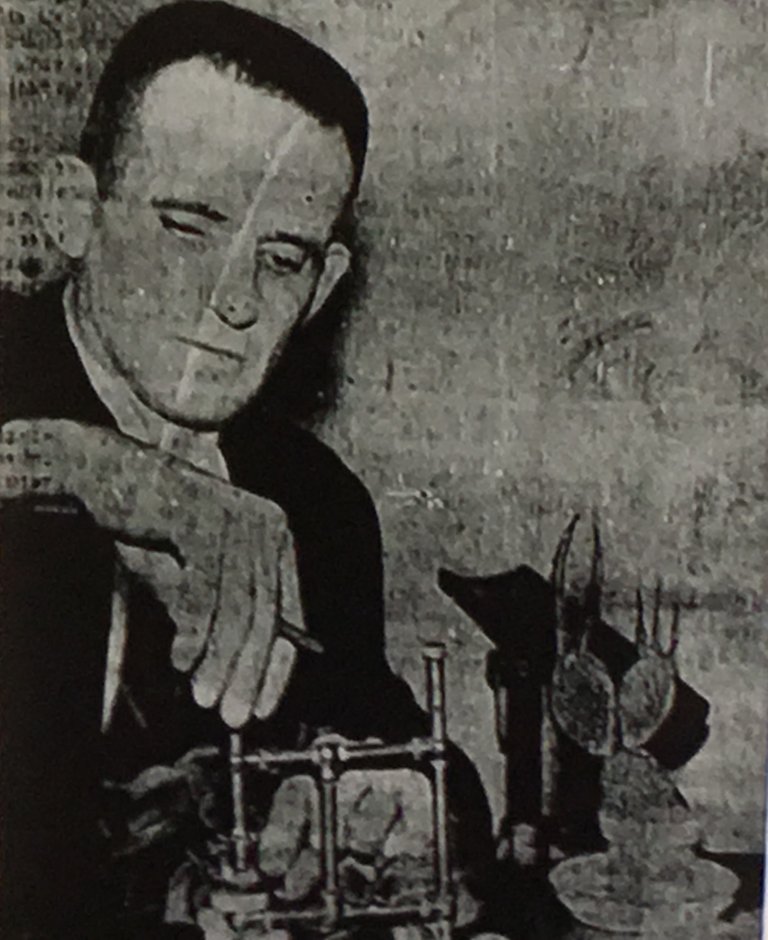Extropia’s Curious Science: The Man Who Got Us Talking To Plants
EXTROPIA’S CURIOUS SCIENCE: THE MAN WHO GOT US TALKING TO PLANTS
Plants are without doubt useful organisms. They are fundamental to food chains, and their ability to photosynthesise is what gives us breathable air. But could there be more to plants than these vital services? One man thought so, and his name was Cleve Blackster.
Blackster came to this belief while testing a plant’s ability to draw water. Wanting to know how long it took for water to reach the end of a plant’s leaves, he borrowed a dracama cane plant from a neighbour, and hooked it up to a polygraph machine.

Blackster must have known that a polygraph (colloquially known as a ‘lie detector’) measured the electrical conductivity of living things. This was because he specialised in lie detector work for the CIA and other organisations. So he was taking more than a wild guess when he hooked up a polygraph’s electrodes to those leaves in order to register a change when water reached the end of a leaf.
He was not, however, prepared for the kind of readings his polygraph registered. The plant seemed to be showing similar readings to a human being. Curious to see what other responses the plant might display, he tried burning a leaf. The polygraph’s pen went off the scale.
After performing various other experiments, Backster became convinced that plants were not the mindless vegetables we always assumed they were. They had shown signs of sentience and maybe even telepathy. He called this mental ability ‘primary perception’ and published his findings in the International Journal of Parapsychology in 1968. His work was then picked up by Christopher Bird, who published a very popular book called ‘The Secret Life Of Plants’ in 1973.
This interest spurred Backster on to test other living things for ‘Primary Perception’, including yoghurt, blood cells and eggs. All returned positive results. In one experiment Backster left some blood cells in his lab and then flew home some 300 miles away. Despite the great distance between the blood cells and their owner, the blood continued to reflect his mood changes.
So, had Backster really discovered a paranormal capability? Can plants really feel pain, and does live yoghurt really have telepathic powers? Critics have pointed out that such experiments don’t seem to be reliably repetitive, and have suggested that what the polygraphs actually respond to is a buildup of static electricity in the room.
Whatever the truth may be, Backster’s work has inspired many a green-fingered horticulturalist to talk to their plants or play them music. If the critics’ doubt is not valid and Backster really was onto something, maybe we are right to talk kindly to plants. Not only can we not survive without them, they have feelings too...
REFERENCES
‘Far Out’ by Mark Pilkington